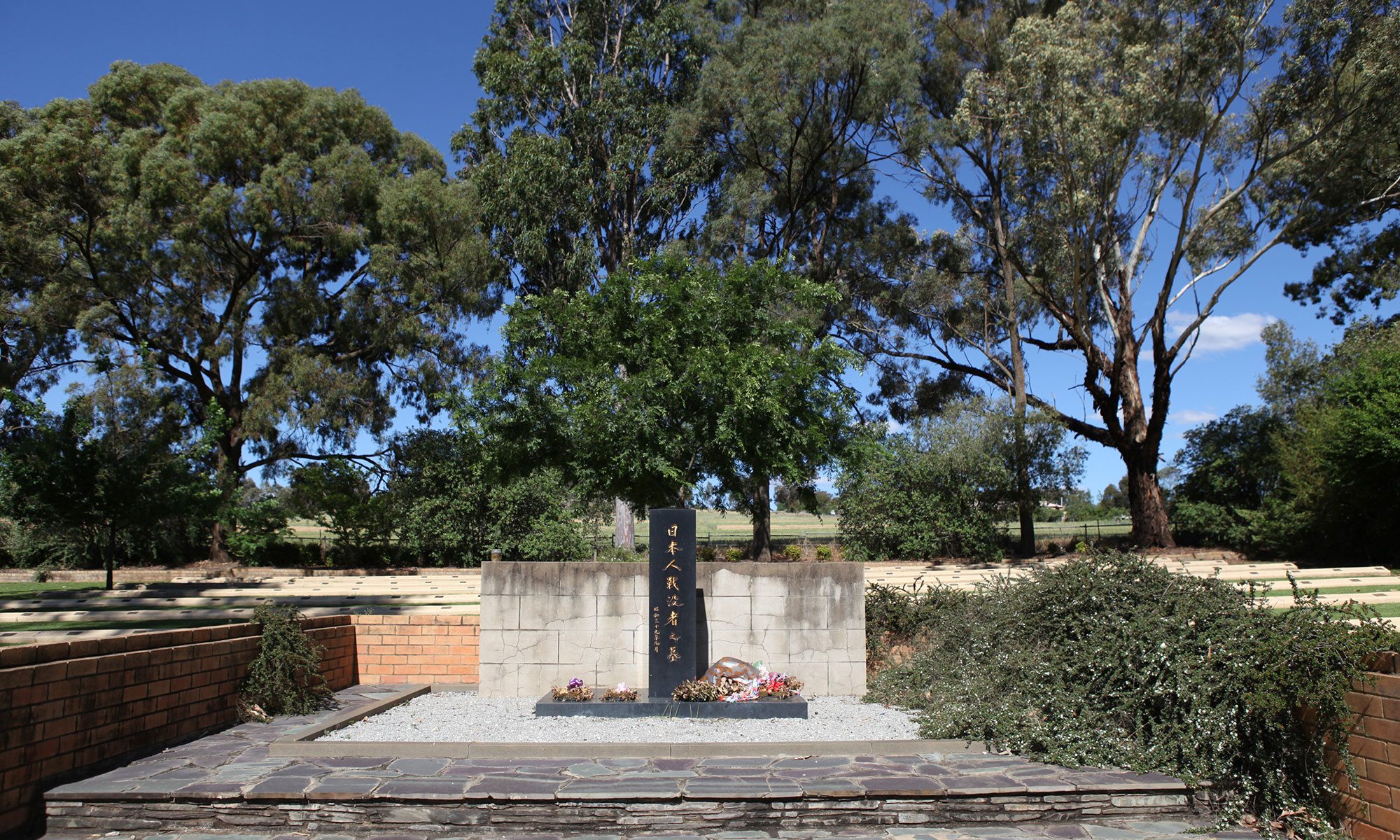No 12 Prisoner of War (POW) Camp was established in Cowra in June 1941 to accommodate Italian prisoners of war who had been transported from North Africa, as well as Indonesian political prisoners and their families. The Japanese compound (capacity of 1000) was opened in January 1943 and the prisoner population gradually increased to 1100 by July 1944. In order to reduce overcrowding and to avoid any possible increase in tensions, the Australian authorities decided to separate non-commissioned officers from the rank and file; the latter group were to be transferred to Hay. The Japanese inmates were notified of the decision on 4 August 1944.
The military creed that regarded capture as shameful had been drummed into Japanese soldiers’ psyches since the 1930s. In January 1941, Hideki Tojo, then Army Minister and later Prime Minister, issued the Field Service Code (Senjinkun) in which the following was stated:
Strong is he who comprehends shame. Be always mindful of reputation of your community and family, while making every effort to fulfil their expectations. Do not in death leave to posterity a stain on your honour having suffered in life the disgrace of being a prisoner.
In spite of day-to-day living conditions in the camp being satisfactory, as the Australian authorities adhered to Geneva Convention, many prisoners felt they should not be content with their situation. The notification of separation of personnel seems to have triggered a sense of urgency among the prisoners, which led to the breakout. A vote took place to see if they should breakout or not, and the majority voted to support the uprising.
In the early hours on 5 August 1944, with the signal of a bugle call, the breakout started. Prisoners set fire to their huts and broke out of their compound en masse. The Australian guards responded and shot many of them. Those who escaped were later caught and brought back to the camp. As a result of the breakout, four Australian servicemen and 234 Japanese prisoners were killed. The Japanese dead were buried in a plot next to the Australian War Cemetery in Cowra. The survivors were transferred to Hay and Murchison camps to spend the rest of their internemnt there until their repatriation to Japan in April 1946.
